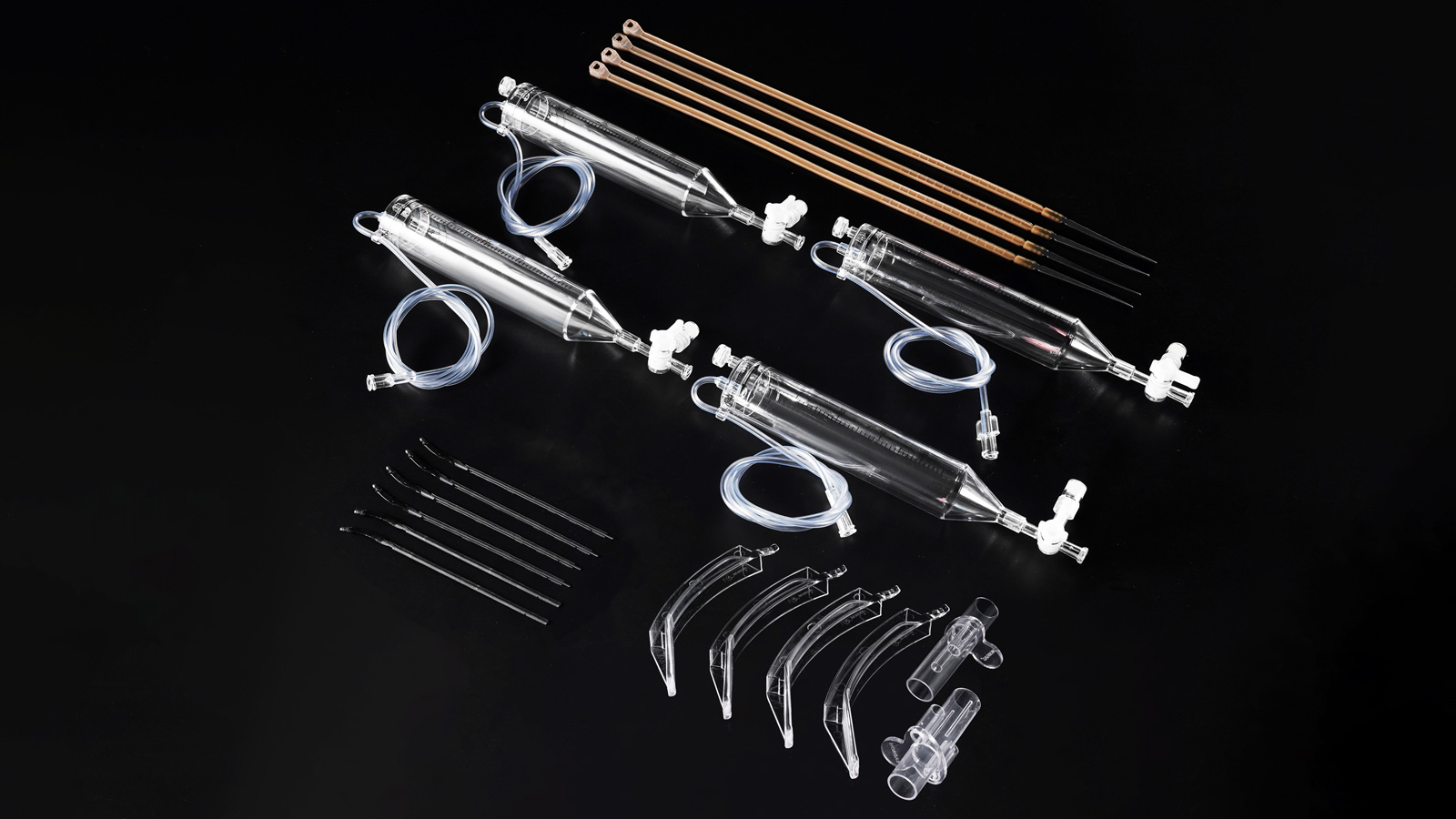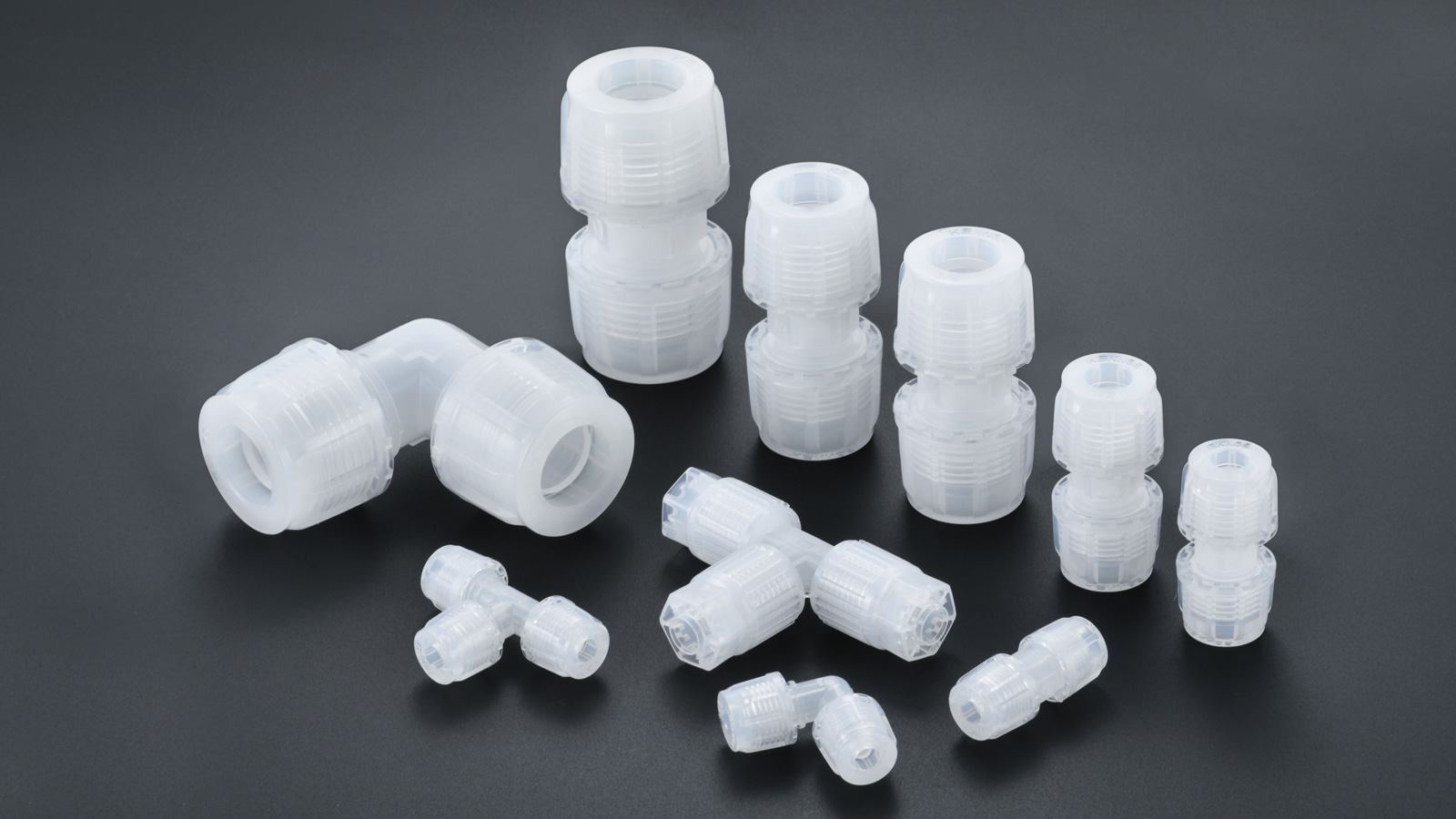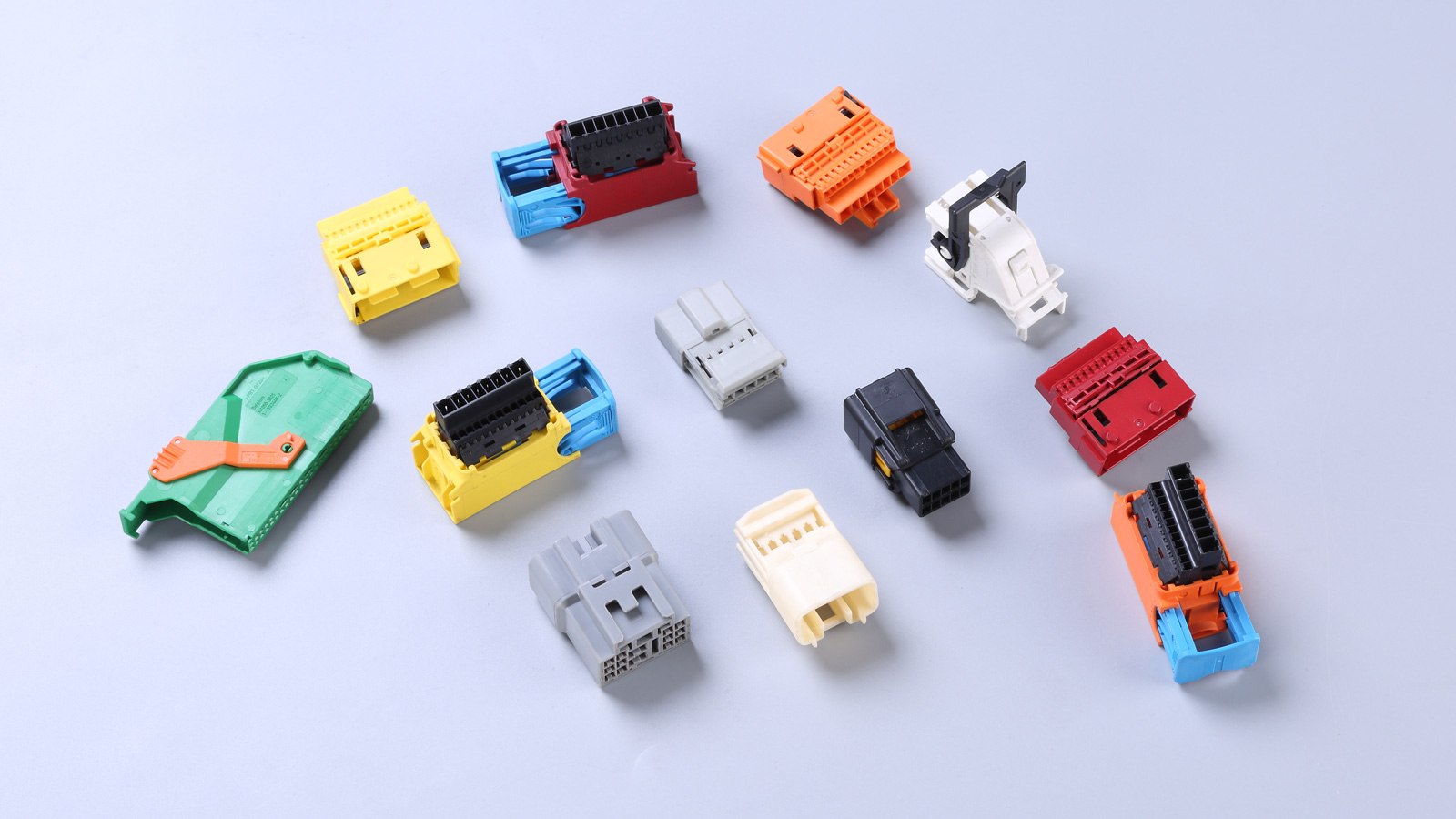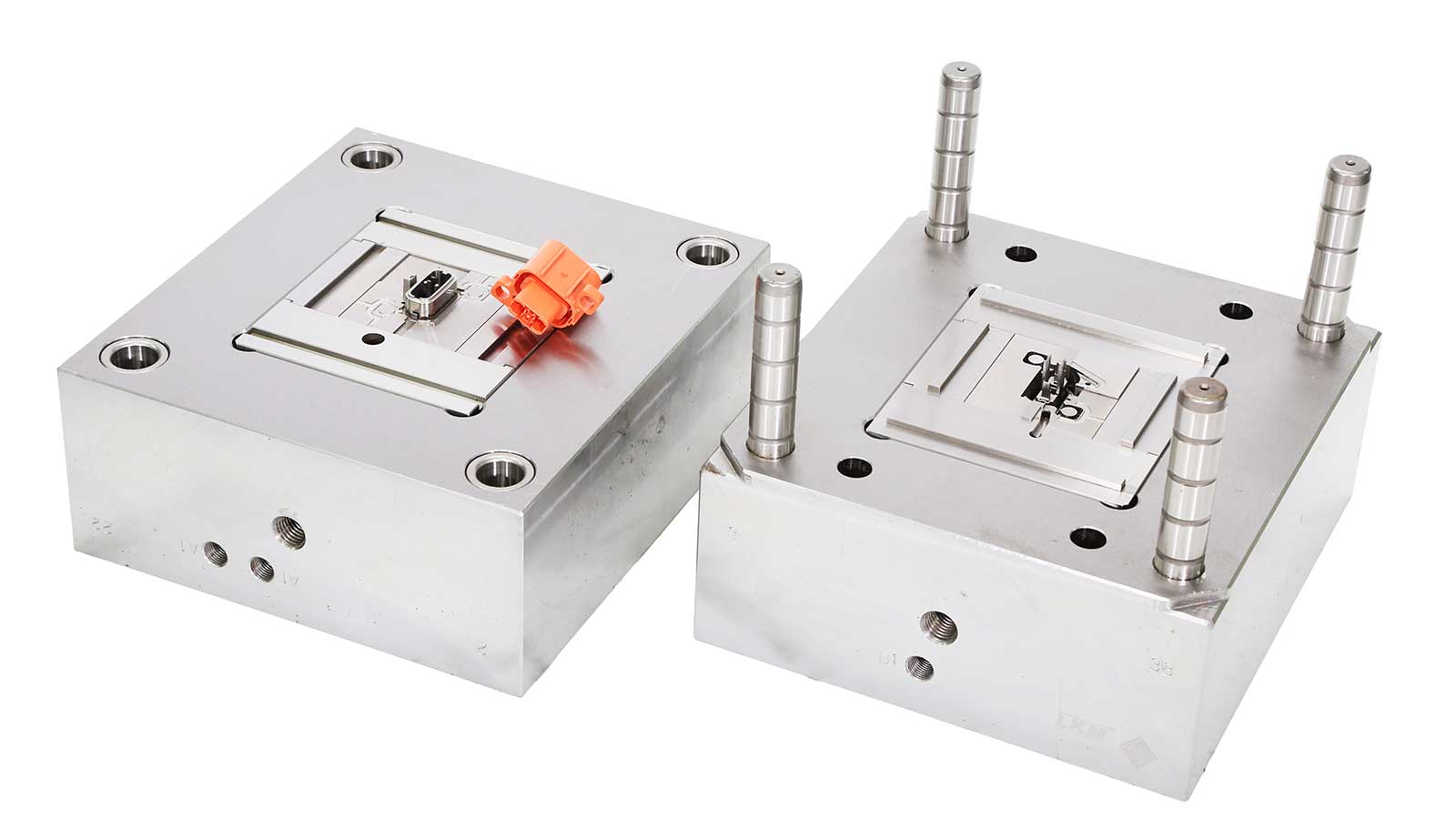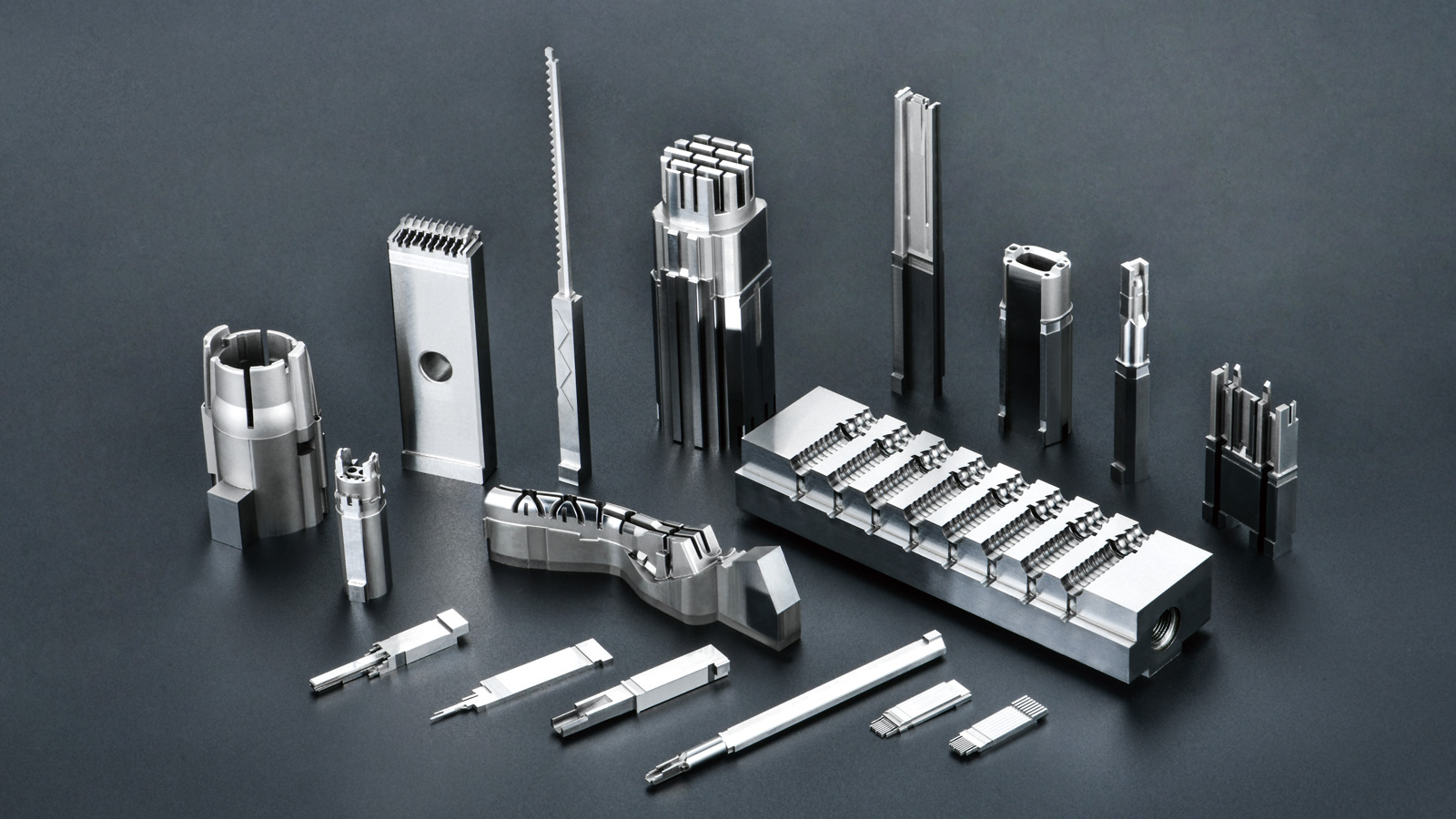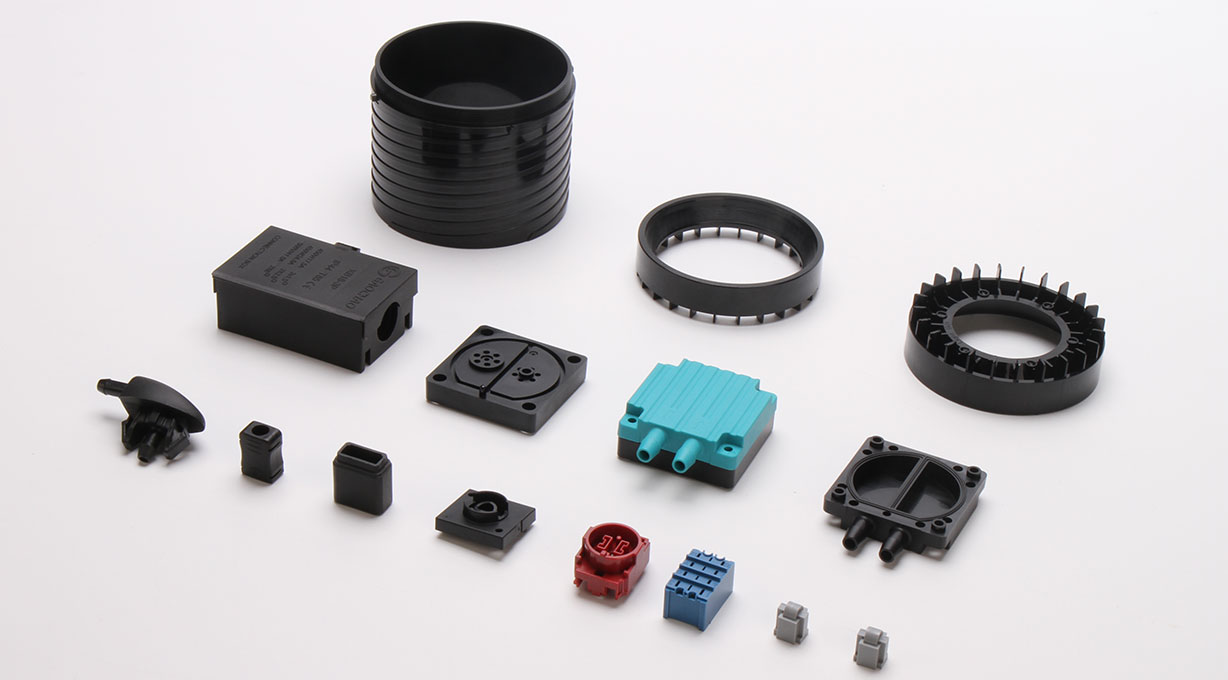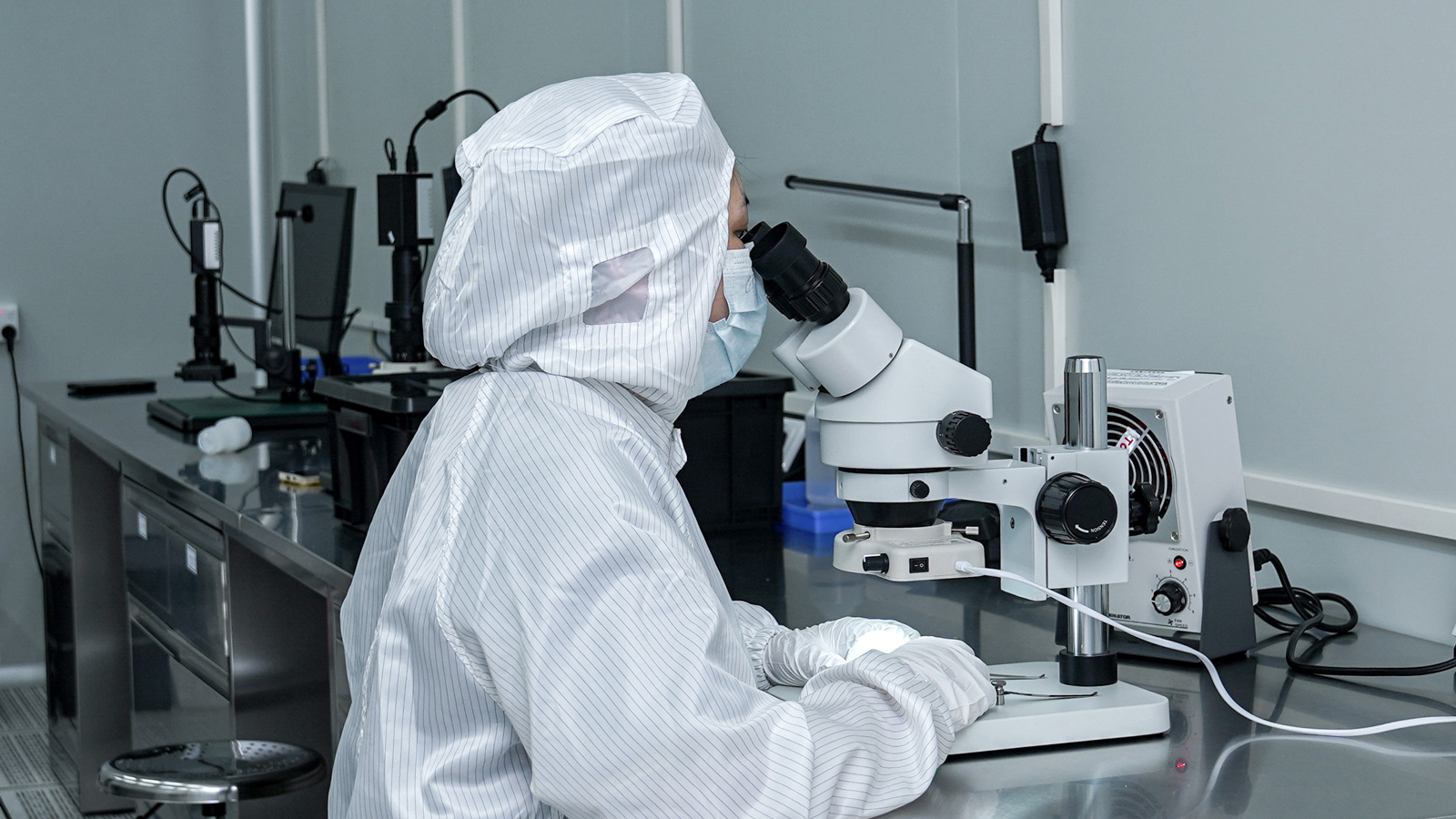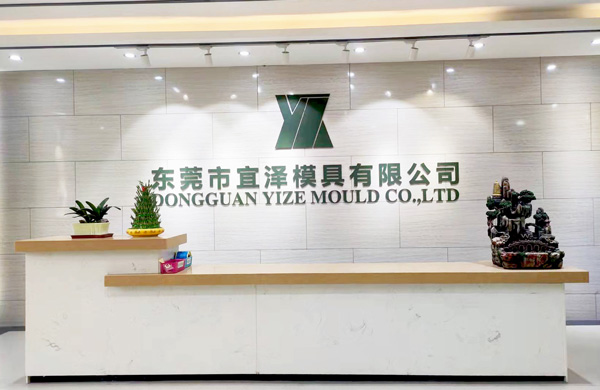In the hot/cold molding process of injection molds, the selection of the heating medium is of crucial importance. It directly affects the precise control of the mold cavity temperature and thus determines the quality of the molded products. The main criterion for judging whether the choice is appropriate is the temperature of the injection mold surface. Based on this, manufacturers have multiple alternative solutions when choosing heating media, which will be analyzed one by one below.
Hot Water: A Simple and Low-Cost Preferred Option
Hot water as a heating medium has significant advantages. It usually requires the least equipment investment. In most cases, no modifications are needed in mold design. The existing cooling channels in the mold can be directly used to circulate hot water, easily bringing the cavity temperature to the expected level. This approach of utilizing existing resources makes using hot water an extremely simple and low-cost option, especially suitable for production scenarios where cost is a major concern and the mold structure does not require complex adjustments.
Hot Oil: A Suitable Option with High Heat Transfer Capacity
The main advantage of hot oil as a heating medium lies in its high heat transfer capacity. The oil can be heated to 320°C (608°F), making it highly suitable for the molding of special polymers such as PEEK or high-carbon polymers. In terms of implementation, heating with hot oil is relatively easy, and the equipment cost is relatively low. However, although the existing cooling channels in the mold can be used for oil circulation during the development stage or prototype production, production molds require dedicated heating and cooling channels. Therefore, it is necessary to make certain modifications to the mold to meet the requirements of hot oil circulation.
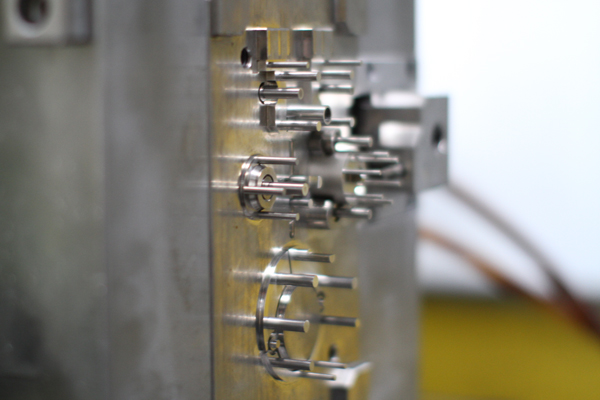
Steam: A Cost-Effective Option for Large-Volume Part Production
Among the available technologies, steam heating has a long history of application and offers the greatest economic benefits for most applications, especially in the production of large-volume parts. Steam has a heat transfer capacity more than six times that of water and 18 times that of oil, resulting in a much faster total cycle time compared to other liquid media. Moreover, the temperature achievable with steam heating is slightly higher than that with water heating, effectively improving production efficiency and reducing production costs. It is an ideal heating medium for large-scale production of large-volume parts.
Induction Heating: An Emerging Option with Precision and Efficiency
Electromagnetic induction as a heating medium represents the latest advancement in hot/cold molding technology. This technology allows for precise control of the temperature of different parts of the mold cavity, as well as temperature changes, extremely fast temperature cycling, and relatively high maximum temperatures (>200°C, 400°F). This precise and efficient heating method provides strong support for the molding of high-end products with extremely high temperature control requirements and represents the future development direction of heating technology for injection molds.
